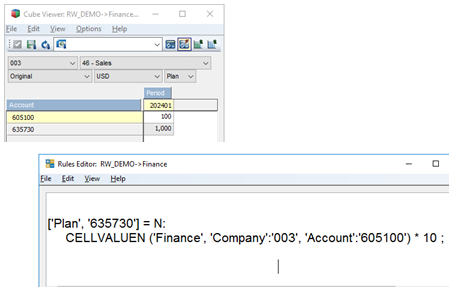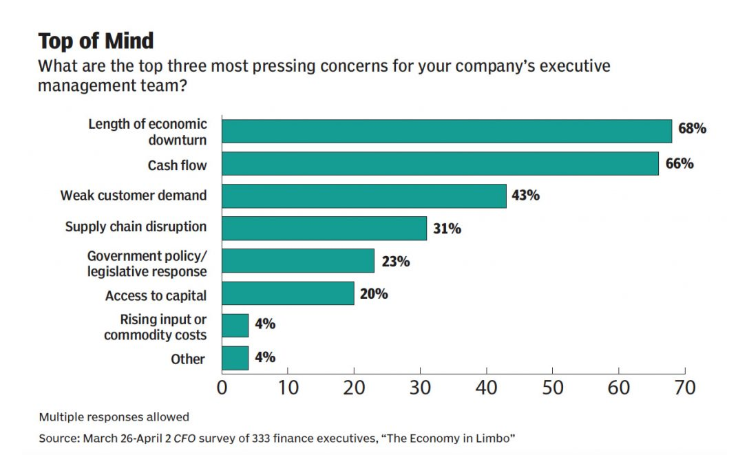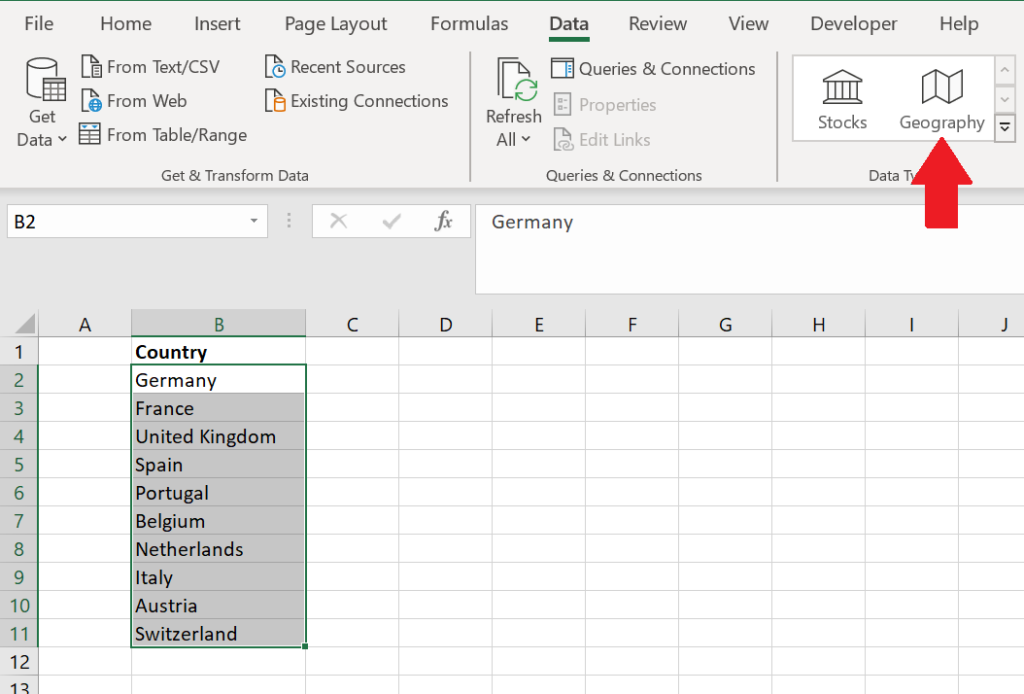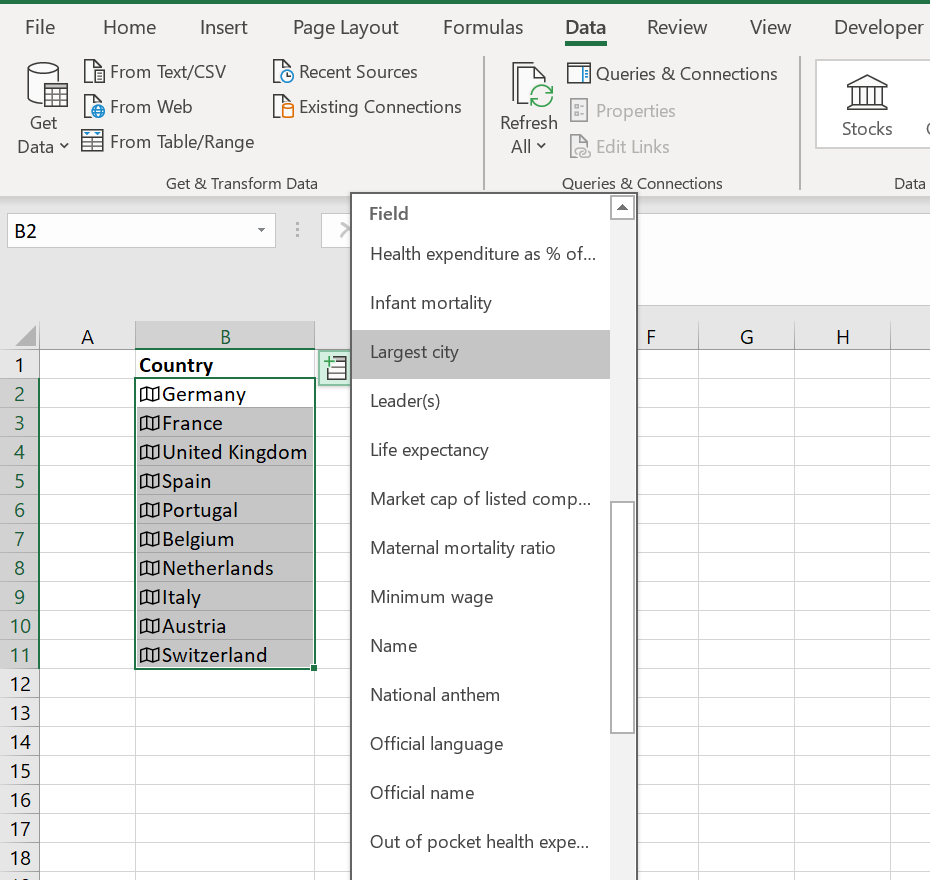This is a guest blog post from our partner Adaptive Insights, written by Bob Hansen. It is part of a series of blogs from Adaptive Insights designed to help customers weather the storm brought by the COVID-19 pandemic.
With the COVID-19 pandemic shredding budget forecasts and presenting FP&A professionals with actuals that are nowhere close to original expectations, now is the perfect time to get acquainted with a certain term: “Flexible budget variance.”
Sure, flexible budget variance might sound wonky. But now more than ever, it’s an essential tool for modern FP&A teams. Here’s why.
Flexible budgeting not only helps you stay current with the challenges and opportunities that surface throughout the year, but it can be a lifeline when your business is rocked by revenue shocks, drops in demand, workforce shifts, and whatever else a global event can toss your way. By updating budgets to reflect those changes, you can quickly course correct to improve efficiency or enhance performance.
What is a flexible budget variance?
Flexible budget variances are the differences between line items on actual financial statements and those that are on flexible budgets. Since the actual activity level is not available before the accounting period closes, flexible budgets can only be prepared at the end of the period. At that point, flexible budget variances can be useful in identifying any shortcomings or deviations in actual performance during a given period.
Though powerful anytime, you can imagine how useful this capability would be now, with so much disruption to normal course of business activity. And it’s a safe bet that business planning and budgeting overall will be subject to rapid and ongoing course correction for months to come.
Flexible budget variance is also beneficial during the planning stage at the beginning of the accounting period. By adjusting project budgets to a series of possible activity levels, Finance creates data that helps anticipate the impact of changes in activity levels on revenues and costs. This helps you make more informed decisions if (or when) adjustments are needed.
Taking a flexible approach to budgeting typically doesn’t mean you get a free pass when it comes to more traditional, static budgeting. In fact, the static budget is essential for establishing a baseline to measure performance and results and ultimately for calculating the variances that do occur throughout the year.
Save time by using the tools you have
The task of calculating, analyzing, and then clearly communicating budget variances and their implications can be a time-consuming task under any circumstances, and particularly stressful in times of disruption. But certain capabilities in Workday Adaptive Planning make it easier.
For instance, Workday Adaptive Planning’s data visualization software can speed much of that process. And when conditions change quickly, speed is a distinct advantage.
Even so, it’s important to keep in mind that not all line items in a budget can be flexible. For example, your company has many expenses that are likely fixed for the entire year, such as rent or contractual obligations.
Yet other expenses have considerable chance of varying to one degree or another. For instance, staffing projections may be dependent on an expected long-term contract being finalized, or economic stresses cause you to extend payment deadlines or loosen return policies. No matter what, flexibility serves you at the moment you need it—and pays dividends down the line.
Gain meaningful insights
Meanwhile, flexible budget variance analysis offers the ability to derive meaningful insights throughout the year, allowing for improved planning and budgeting for the future. The power and potential of flexible budgets are further fueled by technology platforms such as those offered by Workday that provide drill-down capabilities so you can quickly identify and analyze variances.
You can also use Workday Adaptive Planning to create a variance report that highlights the changes in dashboards, offering a range of visual options for presenting the numbers within highly accessible context.
And by relying on more timely and relevant budget numbers, you can use flexible budgets to provide senior executives and line of business managers with dynamic guidance on spending, investments, or where cost controls might be necessary based on the situation your business faces as days, weeks, and months progress.
You’ll get through this chaos by leveraging the benefits of flexible budget variance capabilities within Workday Adaptive Planning, you even might get through it in a stronger position than your competitors.
This blog post was originally published by Adaptive Insights.
Read more FP&A Done Right posts:
FP&A Done Right: The Office of Finance in the COVID-19 Economy
FP&A Done Right: Modernize your Budget Process to Anticipate Change












